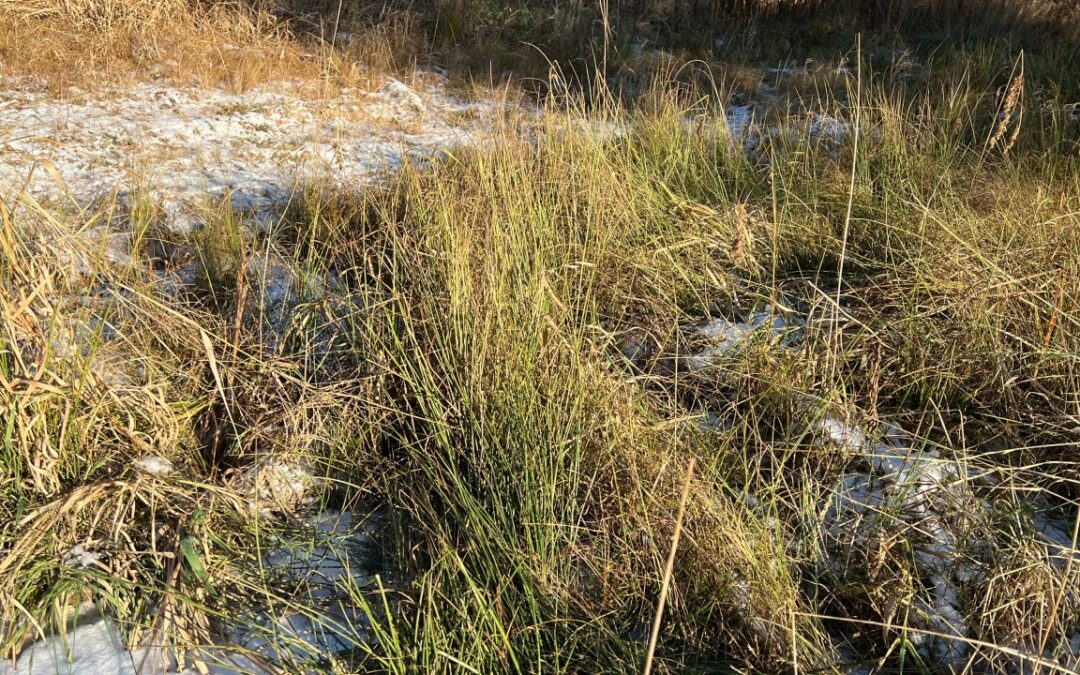Restored wetlands are vital ecosystems that serve as natural water purifiers, provide habitat for wildlife, and help mitigate the impacts of climate change. However, it is not enough to simply restore these wetlands and walk away.
Long-term monitoring and active management are critical for ensuring their health and functionality. Despite its importance, monitoring is often the first component to be cut from many land management budgets.
However, for those participating in credit exchanges under programs like the Wetland Mitigation Banking Program, a commitment of 7-10 years of post-restoration monitoring and prescribed maintenance is mandatory to ensure long-term success and final approval.
The Importance of Long-Term Monitoring
The importance of long-term monitoring in restored wetlands cannot be overstated. These ecosystems are dynamic and subject to many environmental factors that can influence their health.
Changes in water levels, introductions of invasive species, and climate variations necessitate continuous observation and adjustment of management practices. Without long-term monitoring, these issues may go unnoticed until it’s too late to take corrective action and you basically have to restart the revegetation effort.
Why Monitoring Is Often Put On the Back Burner
One reason monitoring budgets are often reduced is their perceived lower immediate impact compared to the initial restoration activities and costs. However, monitoring provides essential data that informs ongoing management decisions. Monitoring is an important investment that ensures that the substantial resources spent on restoration will actually yield the intended ecological benefits.
For entities involved in wetland mitigation banking, where wetland credits are sold as compensation for wetlands affected by construction projects, long-term monitoring is mandatory and rigorous.
The NRCS Wetland Mitigation Banking Program Agrees
The NRCS Wetland Mitigation Banking Program provides competitive grants to support the establishment and operation of wetland mitigation banks, as outlined on its website. This financial assistance emphasizes that long-term monitoring and maintenance are integral to a successful wetland restoration strategy.
The program ensures that restored wetlands achieve and maintain desired ecological outcomes over many years, helping make long-term ecological and economic sense.
Connect with Midwest Wetland Improvements for Long-Term Monitoring
While the upfront costs of wetland restoration draw significant attention and resources, the long-term success of these projects relies heavily on sustained monitoring and management. It is a crucial step in protecting our nation’s wetlands.
By committing to long-term monitoring, we ensure that our restored wetlands remain healthy, resilient, and capable of providing invaluable ecosystem services for generations to come. This ongoing investment supports ecological balance and reinforces the financial sustainability of wetland mitigation banks, benefiting both the environment and communities alike.
If you need help establishing a plan for long-term monitoring and management of your restored wetlands, contact Midwest Wetland Improvements today!


Recent Comments